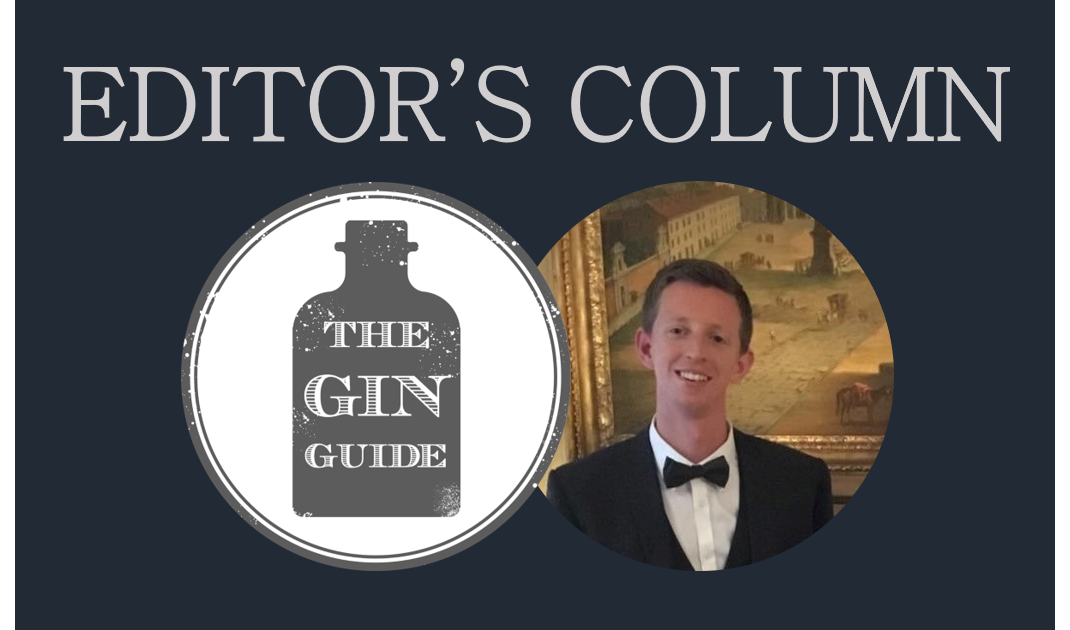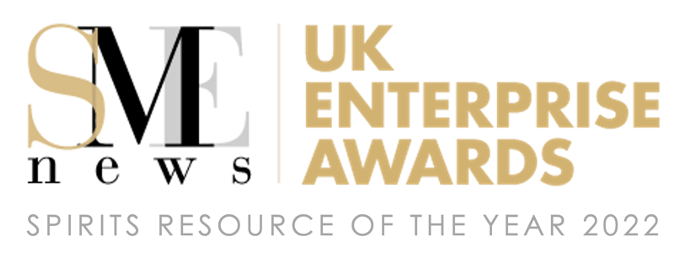|
Non-alcoholic ‘spirits’ (as I’ll be referring to them as for simplicity) have been causing a stir in the drinks industry. They have been capturing the interest of consumers, buyers and bartenders, as well as causing some quiet disgruntlement in the gin industry. From speaking with consumers, buyers, bartenders, distillers and spirits writers, I've seen 4 viewpoints regularly cropping up in conversations over the past year:
Health & Inclusion The most common consumer viewpoint we hear is that non-alcoholic ‘spirits’ are an ideal option for health-conscious gin lovers looking to consume less alcohol, as well as drivers, expectant mothers, and those looking for an alternative to sipping a lime and soda all evening while their friends are enjoying flamboyant cocktails. While we also hear many people who don’t like the taste of some of the zero-alcohol options, there’s no surprise that there is growing consumer demand. Encouraging Higher Bar Spending Consequently, buyers, venue owners and bartenders have reported that their customers who aren’t drinking alcohol are now more frequently opting for non-alcoholic ‘mocktails’ – thus ordering more expensive drinks (and more drinks) than they otherwise would have. And for every Seedlip and Tonic sold, there's benefit for the tonic producer too. Again, supplying for your customers’ demands makes a lot of sense. Use of the ‘Gin’ Name The use and misuse of the word ‘gin’ has been hot topic over the past year. Whilst Seedlip, for example, refers to its products as ‘Distilled Non-Alcoholic Spirits’, there are numerous ‘Non-Alcoholic Gin & Tonic’ products on the market and even some 'Non-Alcoholic Gins'. Many in the gin industry have taken issue with this as gin by definition gin must be 37.5% ABV or above. Examples of these products that we have researched largely contain no gin, as you’d expect, so the description of being ‘Non-Alcoholic Gin & Tonic’ seems to be openly misleading consumers. However, there are also examples such as Gordon’s Ultra Low Alcohol Gin & Tonic which contains a small amount of ‘Gordon’s London Dry Gin distillate’ that results in the product clocking in at 0.5% ABV. Low Alcohol, High Price The other viewpoint I frequently hear from both gin producers and consumers is about the cost of non-alcoholic ‘spirits’. It’s not uncommon to see a bottle of gin priced at £35+, and there’s a huge number of costs involved in distilling gin – from the base spirit through to taxes. It’s why many distillers are unhappy with some non-alcoholic ‘spirits’ being sold at similar prices despite not having a number of the same costs. While these products have largely come to exist off the back of the success of the highly-taxed gin industry, market pricing equally has to be driven by consumers and what they’re willing to pay. If a sufficient proportion of consumers will pay £27.99 for a bottle of non-alcoholic ‘spirit’ in a supermarket and £9.50 for a non-alcoholic 'gin' and tonic in a London bar, then we have to expect that retailers and bars will charge that. A Non-Alcoholic Opportunity for Gin Distilleries? Lastly (and this isn’t an angle I’ve heard being raised frequently), could non-alcoholic products be an opportunity for gin distilleries? For example, using some of the botanical combinations of their popular gins and producing a zero-alcohol or low-alcohol beverage, in a similar way to Gordon’s and their ‘Ultra Low Alcoholic Gin & Tonic’. The market for it is clearly there and it will be interesting to see if many more distillers and gin brands go down this route. What’s your view? Do you love or loathe non-alcoholic ‘spirits’? Would you like to see gin distilleries producing non-alcoholic products? Let us know your thoughts on non-alcoholic ‘spirits’ in the comments below or on Twitter, Facebook or Instagram. Comments are closed.
|


 RSS Feed
RSS Feed


